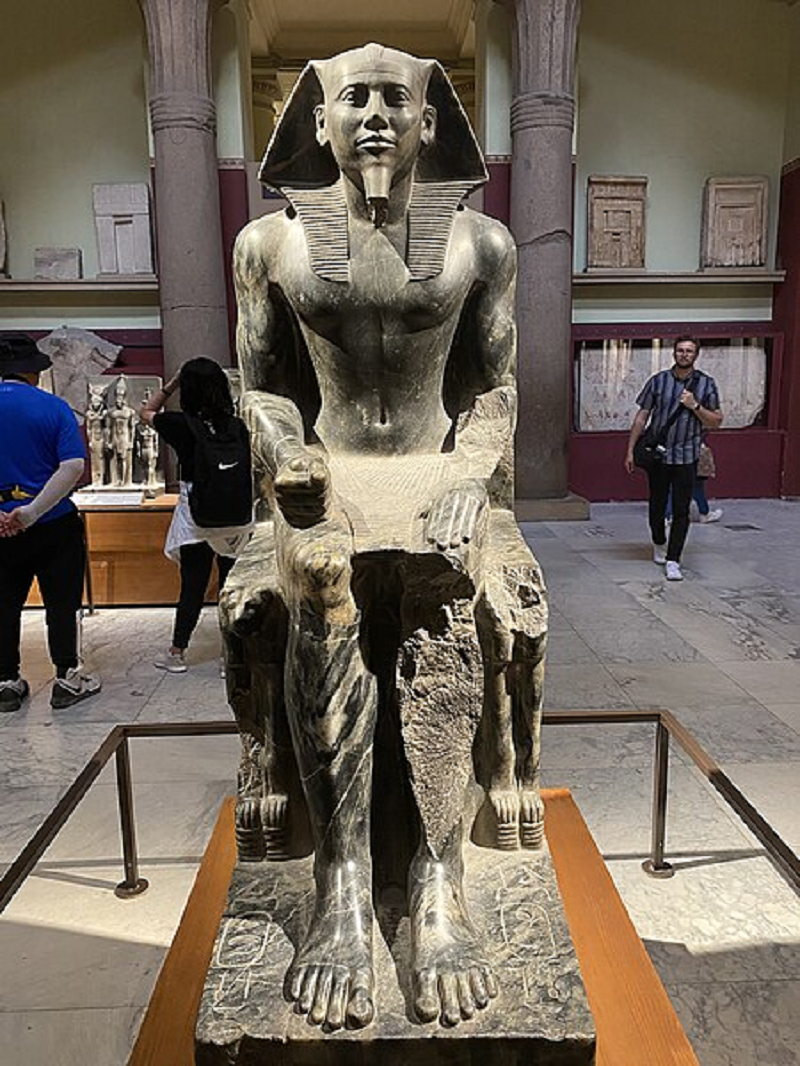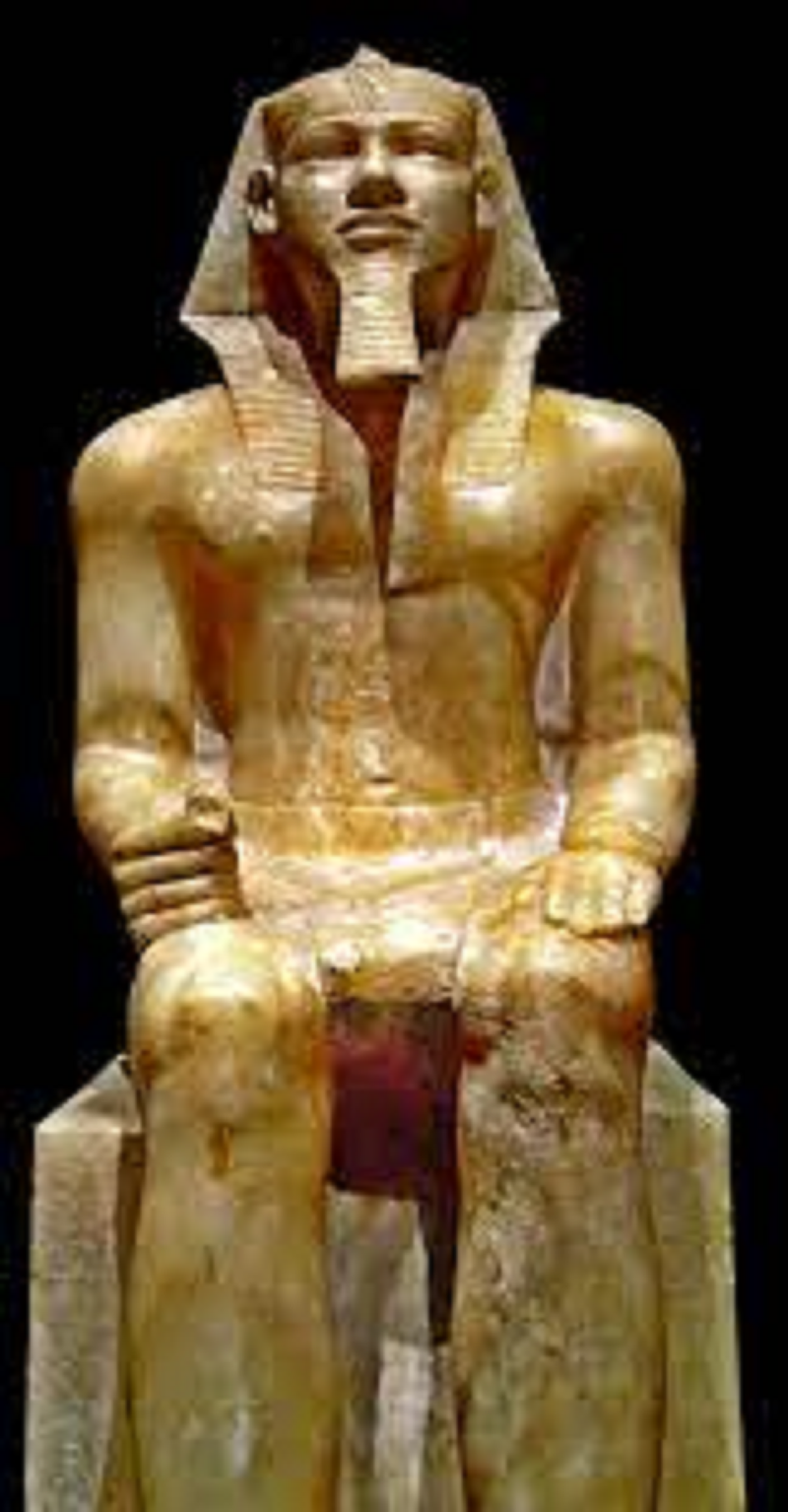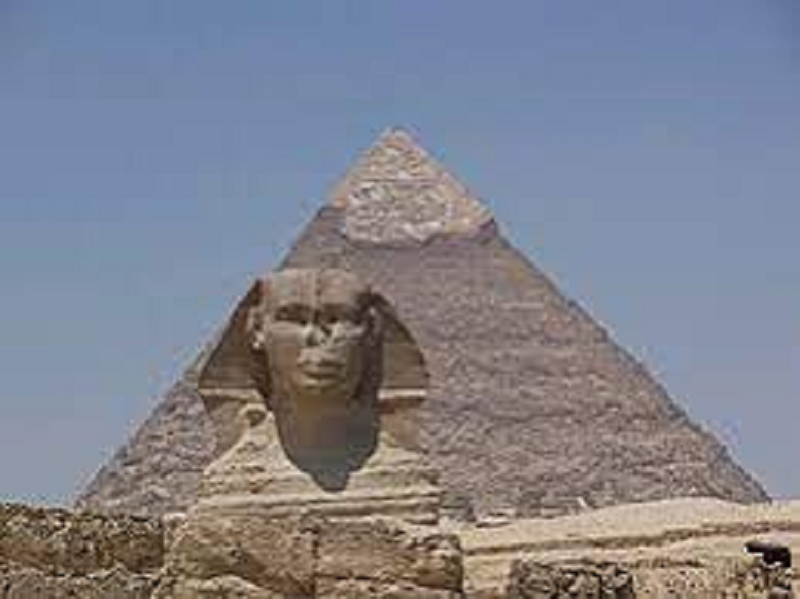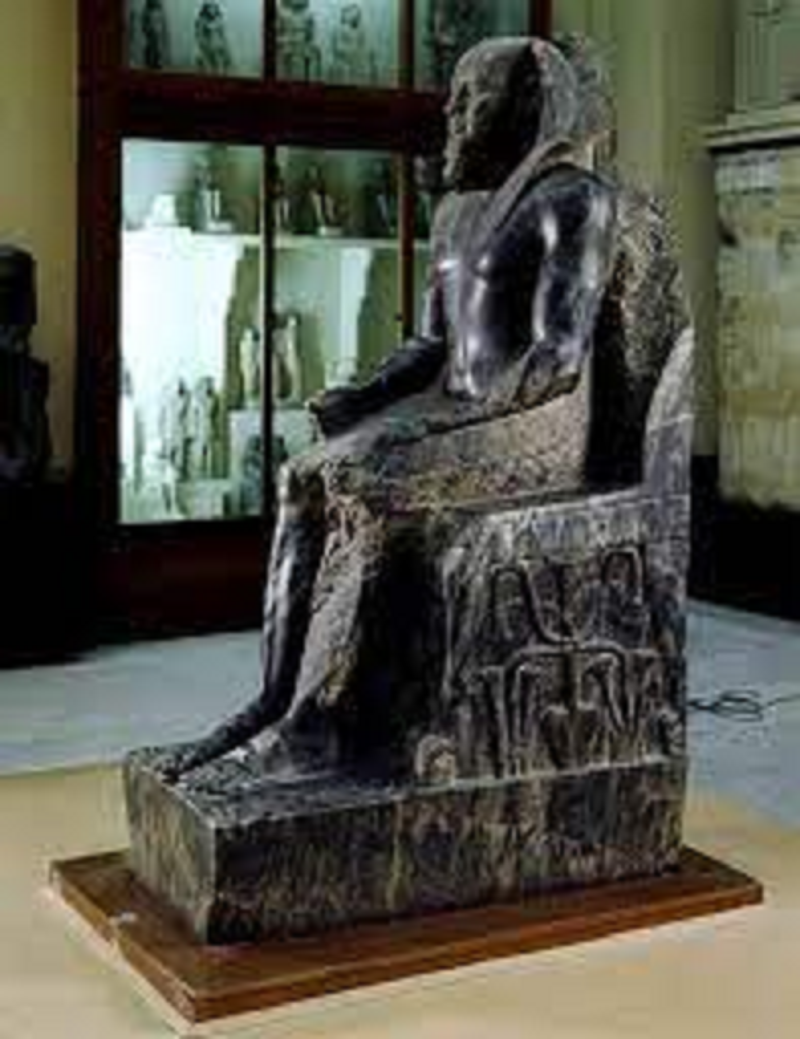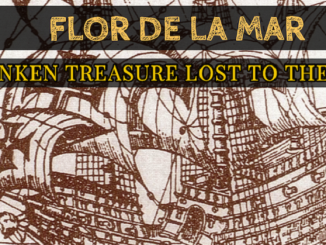In the heart of the ancient land of Egypt, amidst the sprawling sands of time, lies the enigmatic legacy of one of its most illustrious rulers – Khaa Af Ra, better known as Khafra. As we delve into the annals of history, we uncover the remarkable tale of a pharaoh whose reign left an indelible mark on the sands of Egypt. Through his towering monuments and majestic statues, Khafra continues to captivate the imagination of scholars and enthusiasts alike, offering glimpses into a bygone era of grandeur and splendor.
Early Life and Ascension to the Throne: Khafra ascended to the throne during the Fourth Dynasty of the Old Kingdom, approximately around 2558 BC. He was the son of Pharaoh Khufu, the builder of the Great Pyramid of Giza, and is believed to have ruled for a period of around 26 to 27 years. Growing up in the midst of one of the most powerful and prosperous civilizations of its time, Khafra would have been exposed to the intricacies of governance and the divine mandate of kingship from an early age. Upon ascending to the throne, he inherited a kingdom brimming with potential and embarked on a reign that would shape the course of Egyptian history.
Architectural Marvels: Among the most iconic monuments associated with Khafra are the Great Sphinx and the pyramid complex at Giza, which includes the second largest pyramid, often referred to as the Pyramid of Khafra. These monumental structures stand as a testament to the grandiose vision and unparalleled craftsmanship of the ancient Egyptians. The Great Sphinx, with its lion’s body and human head believed to represent Khafra himself, has captured the imagination of visitors for millennia, inspiring countless myths and legends. The Pyramid of Khafra, while slightly smaller than its predecessor, remains an architectural marvel, showcasing the ingenuity and engineering prowess of the ancient Egyptians.
Majestic Statues: However, it is perhaps the statues of Khafra that truly encapsulate his legacy. Carved with meticulous detail and imbued with a sense of divine authority, these statues depict the pharaoh as a powerful and regal figure, revered by his subjects and feared by his adversaries. One such renowned statue, commonly known as the “Khafra Diorite Statue,” showcases the king seated upon his throne, his features bearing an expression of timeless wisdom and strength. The craftsmanship displayed in these statues is a testament to the skill and dedication of the ancient Egyptian artisans, who spared no effort in immortalizing their pharaoh in stone.
Archaeological Discoveries: Moreover, recent archaeological discoveries have shed new light on the reign of Khafra, unveiling hidden chambers and artifacts that offer invaluable insights into the political, religious, and cultural dynamics of ancient Egypt. From the intricate hieroglyphs adorning temple walls to the intricately carved reliefs depicting scenes of daily life, each discovery serves to enrich our understanding of this enigmatic pharaoh and the civilization he ruled over. Excavations near the Pyramid of Khafra have revealed a network of temples and tombs, providing clues to the religious practices and funerary rites of the ancient Egyptians.
As we reflect upon the legacy of Khaa Af Ra “Khafra,” we are reminded of the enduring power of human ingenuity and creativity. Through his monumental achievements and timeless artifacts, Khafra continues to inspire awe and admiration, inviting us to embark on a journey through the sands of time to unravel the mysteries of ancient Egypt. In a world where empires rise and fall, his legacy stands as a testament to the enduring spirit of a civilization that continues to captivate the imagination of generations yet unborn. As we gaze upon the towering monuments and majestic statues left behind by this enigmatic pharaoh, we are reminded of the timeless allure of Egypt and the enduring legacy of its ancient rulers.
Khafra, the legendary king of ancient Egypt, continues to fascinate visitors with his majestic statues displayed in museums worldwide. These captivating sculptures offer a glimpse into the regal splendor and artistic prowess of the ancient Egyptian civilization.
Among the most notable pieces is the Khafra Diorite Statue, showcased prominently in the Egyptian Museum in Cairo. Crafted from dark grey diorite stone, this imposing statue depicts Khafra seated upon his throne with an air of commanding authority. The lifelike features and intricate details captivate viewers, transporting them to a bygone era of pharaonic glory.
In addition to the Egyptian Museum, museums near the Giza plateau house a collection of statues and artifacts associated with Khafra’s pyramid complex. These exhibits offer a closer look at the pharaoh’s reign and the cultural significance of his statues.
Internationally, Khafra’s statues serve as ambassadors of ancient Egyptian art and culture, featured in exhibitions from New York to Paris. Visitors from around the world are drawn to these exhibits, eager to experience the timeless allure of Khafra’s statues and the rich history they represent.
Khafra’s statues in museums provide a captivating glimpse into the majesty and grandeur of ancient Egypt. Through these remarkable sculptures, visitors are transported back in time to a civilization that continues to inspire wonder and admiration.
